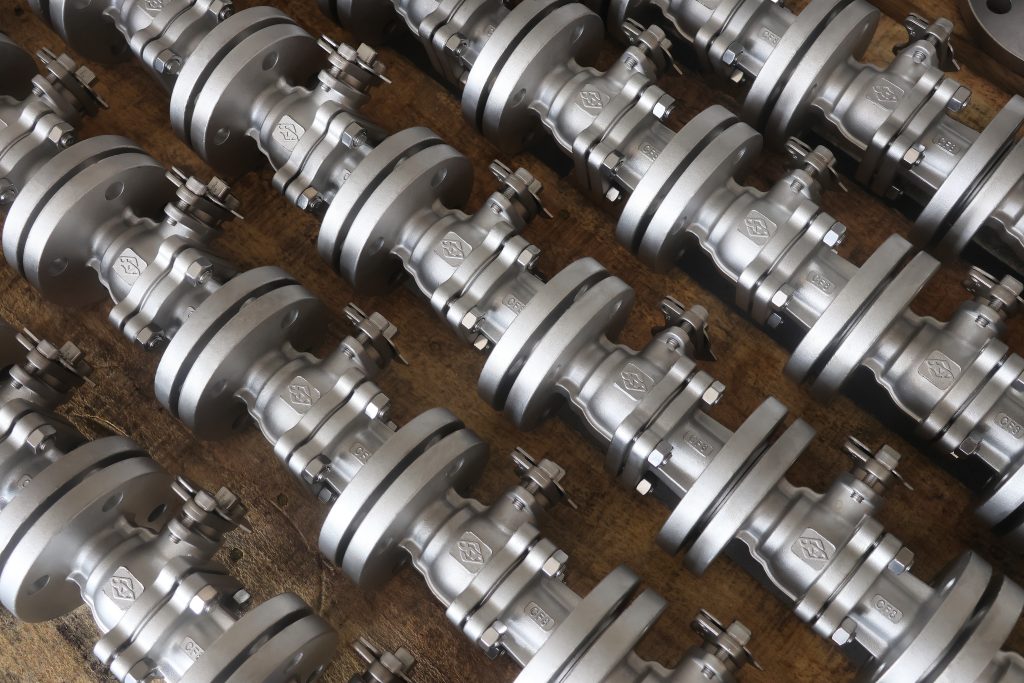Hydraulics is a critical technology used across various industries, from construction and manufacturing to transportation and aerospace. It involves the use of fluid power to perform work, offering efficiency, precision, and strength in various applications. This article explores the fundamentals of hydraulics, its applications, and how it integrates with geocomposites to enhance infrastructure projects.
What is Hydraulics and How Does It Work?
Hydraulics is a branch of science that deals with the mechanical properties and use of liquids, primarily fluid power, to generate, control, and transmit energy. The basic principle of hydraulics involves using an incompressible fluid, typically oil, to transmit force from one point to another. When force is applied at one point, it is transmitted through the fluid to another point, allowing for the multiplication and precise control of the force. This makes hydraulics particularly effective in applications that require significant power and control.

What are the Common Applications of Hydraulic Systems?
Hydraulic systems are widely used across various industries due to their power and efficiency. Common applications include:
- Construction Equipment: Hydraulic systems power excavators, bulldozers, and cranes, enabling heavy lifting and precise control.
- Manufacturing Machinery: In manufacturing, hydraulics is used in presses, injection molding machines, and assembly lines for consistent and powerful operation.
- Automotive and Aerospace: Hydraulics play a crucial role in braking systems, power steering, landing gear, and flight control systems.
- Agricultural Equipment: Tractors and harvesters use hydraulics for lifting, steering, and driving attachments like plows and mowers.
What Are the Advantages of Using Hydraulics?
Hydraulic systems offer several advantages that make them indispensable in many industries:
- Power Efficiency: Hydraulics can generate large amounts of power with relatively small components, making them suitable for heavy-duty applications.
- Precision Control: Hydraulic systems allow for fine-tuned control of speed, force, and movement, essential for tasks that require accuracy.
- Reliability: With fewer moving parts compared to mechanical systems, hydraulics tend to have a longer operational life and lower maintenance needs.
- Flexibility: Hydraulic systems can be easily adapted for various applications by changing the fluid flow, pressure, or system configuration.
How Do Hydraulics Integrate with Geocomposites in Infrastructure Projects?
Geocomposites, which are engineered materials used in civil engineering, often work hand-in-hand with hydraulics in infrastructure projects. Geocomposites, such as those used for drainage, reinforcement, or filtration, are commonly installed using hydraulic machinery due to the precision and power required.
For example, when reinforcing roadbeds or stabilizing slopes, geocomposites are laid down using hydraulic equipment to ensure proper placement and compaction. Additionally, hydraulic systems are essential in the installation of geocomposites in large-scale projects like dam construction, where the integration of these materials with hydraulic machinery ensures structural integrity and long-term performance.
Hydraulics is a versatile and powerful technology that plays a vital role in various industries, providing essential capabilities for heavy machinery, precise control, and efficient operation. Its integration with geocomposites in infrastructure projects highlights its importance in modern engineering, ensuring the durability and effectiveness of critical structures. As technology advances, the synergy between hydraulics and geocomposites will continue to drive innovation and improve the quality of construction and manufacturing processes.